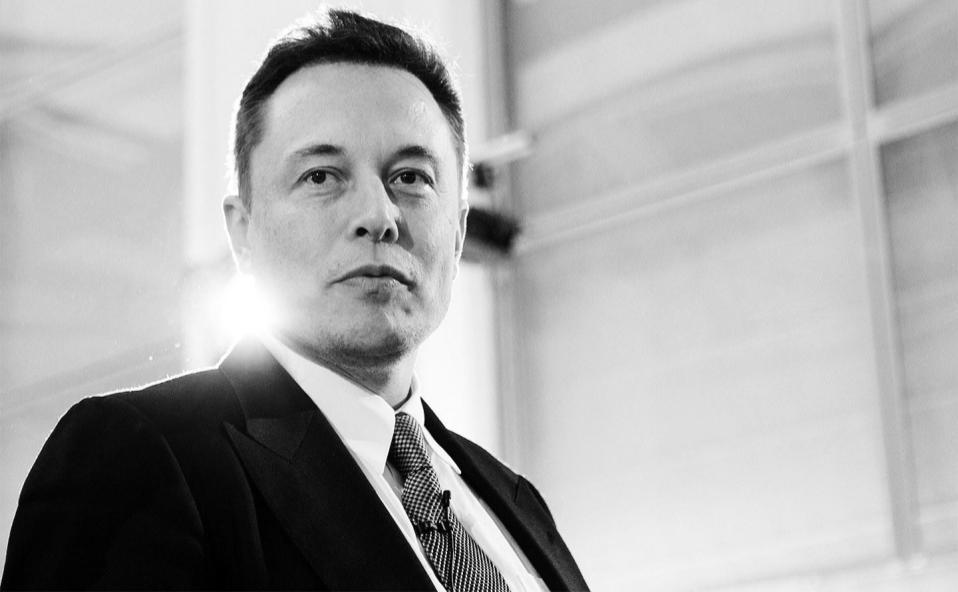Elon Musk’s East Coast “hyperloop” project still faces technological and regulatory hurdles as Gov. Larry Hogan announced Maryland’s support for construction of the project last week.
Maryland may have jumped the gun a bit, as a day after the announcement Thursday, Musk tweeted a clarification: “Not ready to do a proper announcement yet, but maybe in a month or so. Maryland has been awesome to work with and just wanted to say thanks.”
This deal, though full of ambition from Hogan and Musk, billionaire inventor, entrepreneur and founder of SpaceX and Tesla Inc., thus far is lacking specifics.
Maryland Transportation Secretary Pete Rahn said last week The Boring Co. will start with two 35-mile tubes between Baltimore and Washington. Even if this proposal comes to fruition, the company will have 10.3 miles approved, and approximately 215 miles of approval left to complete Musk’s vision of an underground New York City-Philadelphia-Baltimore-D.C. hyperloop.
In Maryland, Musk will still have to gain approval to tunnel more than twice the amount of miles under the remainder of Route 295 — the Baltimore-Washington Parkway — which is owned by the federal government.
“Approval needed from: Federal DOT; 6 states; 17 counties; numerous cities; hundreds of elected officials. Definitely happening rapidly,” tweeted Yonah Freemark, a transportation expert and doctoral student at Massachusetts Institute of Technology, expressing skepticism at Musk’s proposal earlier this year.
Musk’s “hyperloop” idea was first released in a joint Tesla and SpaceX Hyperloop Alpha white paper in August 2013, detailing a reduced-pressure tube system capable of propelling small pods of people at an average speed of 600 mph and a top speed of 760 mph using vacuum pumps and “air bearings” to overcome air resistance.
Touted as an open-source project, Musk has taken a backseat approach to the development of the concept, instead encouraging other companies to take the proposal and make it a commercial reality, with SpaceX building a test track in California and hosting a competition for students and engineers to develop prototype sleds.
Two companies are the most active in making the hyperloop a reality: Virgin Hyperloop One, backed by Richard Branson’s Virgin Group Ltd., and Hyperloop Transportation Technologies, a crowdsourced company.
This brings us to the question: Who will be building the hyperloop itself?
In the governor’s announcement, the state has given Musk’s The Boring Co. — initially formed to provide a cheaper solution to digging tunnels in an attempt to allay the businessman’s frustration with Los Angeles traffic — permission to dig under the Maryland-owned, 10.3 mile-long section of Maryland Route 295, but has not specified which technology is proposed to be built under the roadway.
Hyperloop One and Hyperloop Transportation Technologies’ proposed concepts are vastly different from each other, with Hyperloop One using Musk’s originally proposed “air skis” and Hyperloop Transportation Technologies using a passive magnetic levitation, or maglev, technology.
However, both companies’ specifications depart from Musk’s original white paper, looking more like high-speed, underground rail and less like a 760 mph above-ground bobsled from the future.
Namely, the originally proposed hyperloop’s top speed of 760 mph and average speed of 600 mph may be more of a pipe dream. Hyperloop Transportation Technologies has not produced a working proof-of-concept, while Hyperloop One’s recent proof-of-concept topped out at 192 mph.
In a July Tweet, Musk proposed an East Coast hyperloop resulting in a 29-minute, New York City-to-D.C. commute, as compared to the current five-hour drive or three-hour train ride.
Additionally, it is still not clear what environmental review will be needed for the conditional utility permit the Maryland Department of Transportation has given The Boring Co., and how Musk will plan to gain permission to dig under the remaining two-thirds of Maryland Route 295, currently owned by the National Park Service.
Ultimately, the roadway’s future could include construction of additional toll lanes above Route 295, and tunneling a hyperloop beneath it.
According to Hogan’s September announcement of a $9 billion plan to widen Maryland’s highways, he has already started the process of acquiring Maryland Route 295 from the U.S. Department of the Interior. But the federal agency was non-committal: “No decisions related to issues involving the Baltimore-Washington Parkway were made during that meeting,” according to a brief statement.
By CJ Mitchell
Capital News Service




Write a Letter to the Editor on this Article
We encourage readers to offer their point of view on this article by submitting the following form. Editing is sometimes necessary and is done at the discretion of the editorial staff.